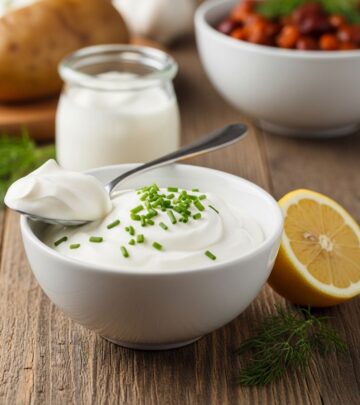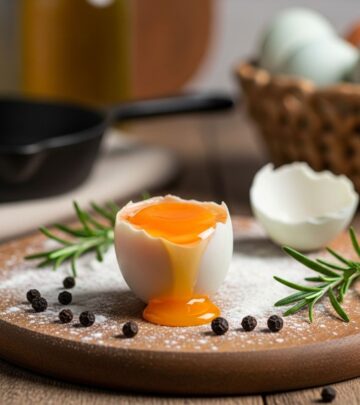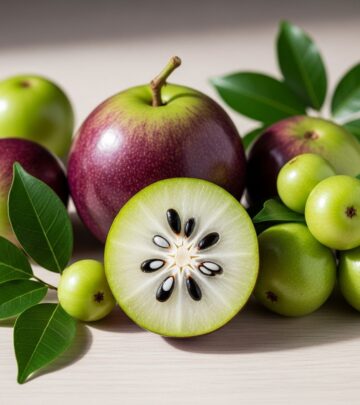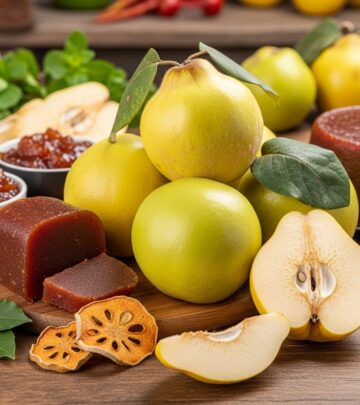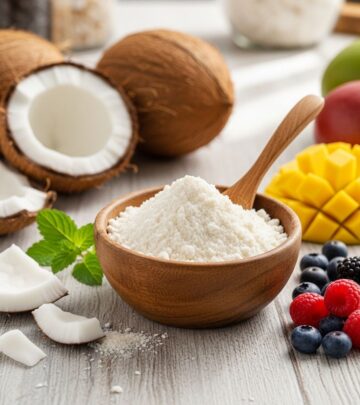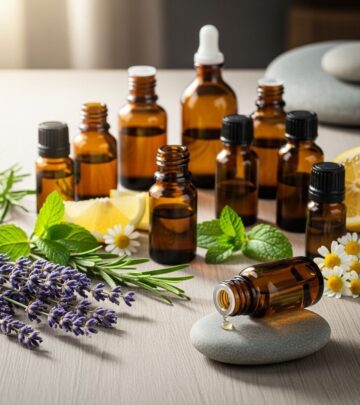Natural Hives Relief: 11 Effective Home Remedies That Work
Gentle, plant-powered treatments work to calm irritation and cool inflamed skin.
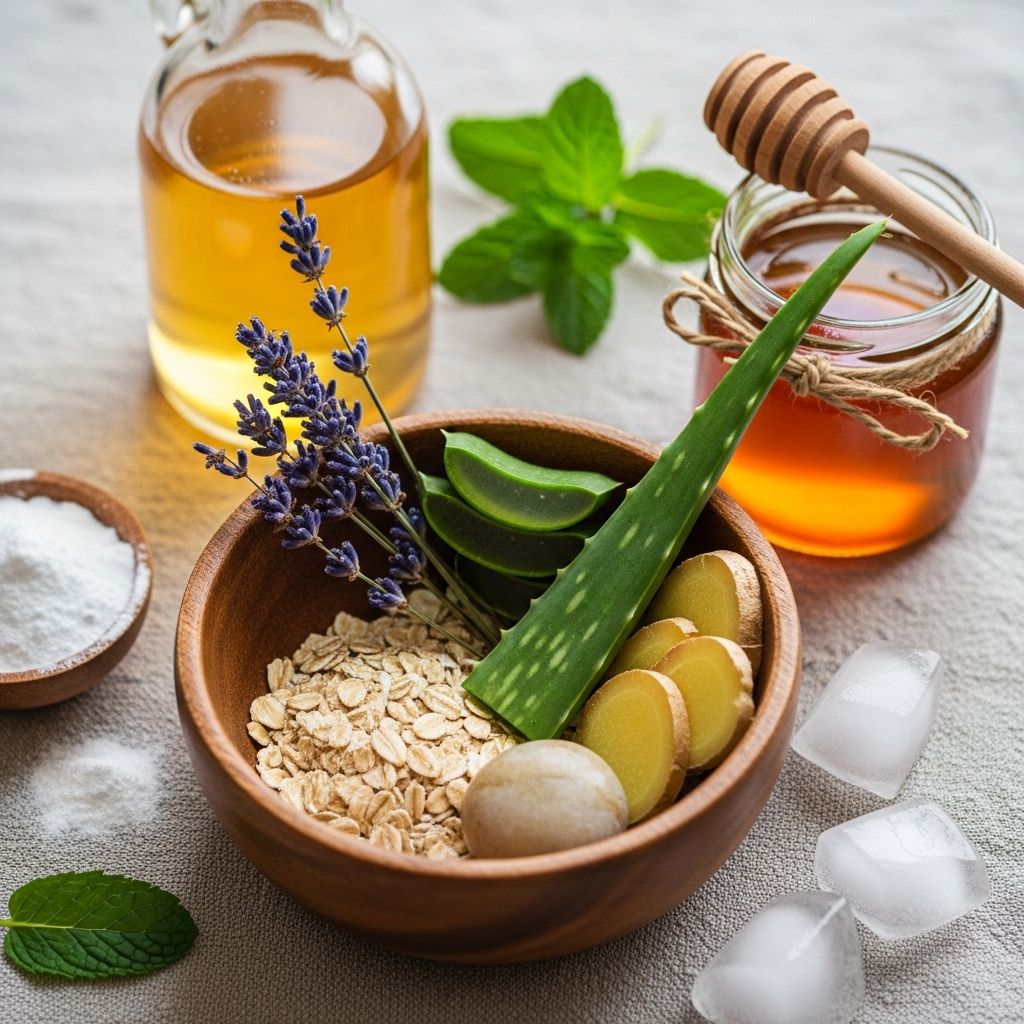
Hives, medically known as urticaria, are raised, itchy welts that appear on the skin as red or pink patches. These uncomfortable skin reactions can occur anywhere on the body and often cause intense itching, burning, or stinging sensations. While hives typically resolve on their own within 24 hours, the discomfort they cause can be unbearable, making natural remedies an attractive option for quick relief.
Understanding what triggers hives is crucial for effective management. Common causes include allergic reactions to foods, medications, environmental factors, stress, and even extreme temperatures. The body’s immune system responds to these triggers by releasing histamine, which causes the characteristic swelling and itching associated with hives.
Understanding Hives and Their Symptoms
Hives manifest as raised, red or pink welts that can vary in size from small spots to large patches covering significant areas of skin. The condition affects millions of people worldwide and can be classified into two main types: acute hives, which last less than six weeks, and chronic hives, which persist for longer periods.
Common symptoms of hives include:
- Raised, red or pink welts on the skin
- Intense itching or burning sensation
- Swelling that may change shape or location
- Blanching when pressed
- Varying sizes from small dots to large patches
The severity of hives can range from mild irritation to severe reactions that may require immediate medical attention. In some cases, hives may be accompanied by angioedema, which involves deeper swelling of the face, lips, or throat and requires emergency care.
11 Proven Home Remedies for Hives Relief
Natural remedies can provide significant relief from hives symptoms without the side effects often associated with conventional medications. These treatments focus on reducing inflammation, soothing irritated skin, and providing cooling relief to affected areas.
1. Aloe Vera: Nature’s Skin Soother
Aloe vera has been used for centuries as a natural healing agent due to its remarkable anti-inflammatory, cooling, and moisturizing properties. The gel contains compounds like acemannan and polysaccharides that help reduce inflammation and promote skin healing.
How to use:
- Extract fresh aloe vera gel from the plant or use pure store-bought gel
- Apply generously to affected areas
- Leave overnight for maximum benefit
- Rinse with cool water in the morning
- Repeat nightly until symptoms subside
The cooling effect of aloe vera provides immediate relief from itching while its anti-inflammatory compounds work to reduce swelling and redness.
2. Coconut Oil: Anti-inflammatory Powerhouse
Virgin coconut oil contains lauric acid and other fatty acids that possess potent anti-inflammatory and analgesic properties. These compounds can help reduce skin irritation and provide a protective barrier that locks in moisture while allowing the skin to heal.
Application method:
- Use organic, cold-pressed coconut oil for best results
- Apply a thin layer to affected areas
- Massage gently until absorbed
- Leave on for 20 minutes, then rinse if desired
- Apply once daily
3. Tea Tree Oil: Natural Antibacterial Treatment
Tea tree oil exhibits strong antibacterial and anti-inflammatory properties that make it highly effective for treating various skin conditions, including hives. Its active compound, terpinen-4-ol, helps reduce inflammation and prevent secondary infections from scratching.
Proper dilution and application:
- Mix 3-5 drops of tea tree oil with 1 tablespoon of carrier oil (jojoba, sweet almond, or coconut oil)
- Warm the mixture slightly for better absorption
- Apply to affected areas with gentle massage
- Use 1-2 times daily
- Always perform a patch test before first use
Important note: Tea tree oil should never be applied undiluted to the skin as it may cause irritation.
4. Witch Hazel: Astringent Relief
Witch hazel contains tannins and proanthocyanidins that provide powerful anti-inflammatory and astringent properties. These bioactive compounds help tighten skin tissues, reduce swelling, and provide cooling relief from itching.
Application process:
- Use alcohol-free witch hazel extract
- Apply with a cotton ball or soft cloth
- Allow to air dry
- Rinse with cool water after 15-20 minutes
- Apply twice daily
5. Baking Soda: pH Balancing Treatment
Baking soda helps restore the skin’s natural pH balance while providing anti-inflammatory benefits. Its alkaline nature can neutralize skin irritation and reduce itching associated with hives.
Two application methods:
- Paste method: Mix 1 tablespoon baking soda with water to form a thick paste, apply to hives, leave for 10 minutes, then rinse
- Bath method: Add 1/2 cup baking soda to a cool bath, soak for 15-20 minutes
6. Turmeric: Ancient Anti-inflammatory Spice
Turmeric contains curcumin, a powerful compound with proven anti-inflammatory and antihistamine properties. Studies have shown curcumin’s effectiveness in treating various skin conditions, including urticaria and pruritus.
Topical application:
- Mix 1 teaspoon turmeric powder with water to form a smooth paste
- Apply to affected areas
- Allow to dry completely
- Rinse with lukewarm water
- Use twice daily
Note: Turmeric may temporarily stain the skin yellow, but this fades quickly.
7. Green Tea: Antioxidant-Rich Relief
Green tea contains polyphenols and catechins that provide anti-inflammatory and antihistamine effects. These compounds can help reduce the severity of allergic reactions and soothe irritated skin.
Preparation and use:
- Brew strong green tea and allow to cool completely
- Apply with a soft cloth or cotton balls
- Leave on skin for 15-20 minutes
- Alternatively, freeze green tea in ice cube trays and apply frozen cubes directly to hives
8. Ginger: Natural Antihistamine
Ginger contains gingerol and other bioactive compounds that act as natural antihistamines and anti-inflammatory agents. It can help reduce the body’s histamine response and provide relief from hives symptoms.
External application:
- Grate fresh ginger and extract juice
- Mix with equal parts water
- Apply to affected areas with a cotton ball
- Leave for 10-15 minutes before rinsing
9. Chamomile: Gentle Skin Soother
Chamomile flowers contain azulene and bisabolol, compounds known for their anti-inflammatory and skin-soothing properties. Chamomile is particularly gentle and suitable for sensitive skin types.
Chamomile compress method:
- Brew chamomile tea using 2-3 tea bags
- Allow to cool completely
- Soak a clean cloth in the tea
- Apply as a compress to affected areas for 15-20 minutes
- Repeat 2-3 times daily
10. Apple Cider Vinegar: pH Restoring Treatment
Apple cider vinegar helps restore the skin’s natural pH balance and has antimicrobial properties that can prevent secondary infections. Its acetic acid content provides anti-inflammatory benefits.
Proper dilution and application:
- Mix 1 part apple cider vinegar with 3 parts water
- Apply with a cotton ball
- Leave for 10 minutes
- Rinse thoroughly with cool water
- Use once daily
11. Epsom Salt: Mineral-Rich Healing
Epsom salt contains magnesium sulfate, which can help reduce inflammation and draw out toxins from the skin. It also provides a cooling effect that can relieve itching and discomfort.
Bath preparation:
- Add 1-2 cups of Epsom salt to a cool bath
- Soak for 15-20 minutes
- Pat skin dry gently
- Apply moisturizer while skin is still damp
Additional Natural Relief Strategies
Beyond topical treatments, several lifestyle modifications can help manage hives more effectively and prevent future outbreaks.
Cool Compresses and Cold Therapy
Applying cool compresses or ice wrapped in a thin cloth can provide immediate relief from itching and reduce swelling. The cold temperature numbs the area and temporarily blocks itch signals to the brain.
Oatmeal Baths
Colloidal oatmeal contains compounds called avenanthramides that have anti-inflammatory properties. Adding finely ground oatmeal to a cool bath can soothe irritated skin and reduce itching.
Stress Management
Since stress can trigger hives in susceptible individuals, incorporating stress-reduction techniques such as meditation, deep breathing exercises, or gentle yoga can be beneficial for long-term management.
Prevention Tips and Lifestyle Changes
Preventing hives involves identifying and avoiding triggers while maintaining good skin health practices.
Dietary Considerations
Common food triggers include:
- Shellfish and other seafood
- Nuts, especially peanuts and tree nuts
- Dairy products
- Eggs
- Citrus fruits
- Artificial food additives and preservatives
Keeping a food diary can help identify potential dietary triggers. Consider following an elimination diet under medical supervision if food allergies are suspected.
Environmental Factors
Environmental triggers to avoid include:
- Extreme temperatures
- Direct sunlight on affected areas
- Harsh soaps and detergents
- Synthetic fabrics
- Pet dander
- Pollen and other airborne allergens
Skincare Best Practices
- Use fragrance-free, hypoallergenic products
- Take lukewarm showers instead of hot ones
- Pat skin dry instead of rubbing
- Moisturize regularly with gentle, unscented lotions
- Wear loose-fitting, breathable clothing
When to Seek Medical Attention
While home remedies can be highly effective for mild to moderate hives, certain situations require immediate medical attention:
- Difficulty breathing or swallowing
- Swelling of the face, lips, tongue, or throat
- Rapid spread of hives over large areas of the body
- Severe pain or burning sensation
- Signs of infection (pus, increased warmth, red streaking)
- Hives that persist for more than six weeks
- Recurring episodes without identifiable triggers
These symptoms may indicate a severe allergic reaction (anaphylaxis) or chronic urticaria that requires professional medical management.
Frequently Asked Questions (FAQs)
Q: How long do hives typically last?
A: Most hives resolve within 24 hours, though some may persist for several days. Acute hives typically last less than six weeks, while chronic hives can persist for months or years.
Q: Can I use multiple home remedies at the same time?
A: It’s best to try one remedy at a time to determine which is most effective for you. Using multiple treatments simultaneously can make it difficult to identify what’s working and may increase the risk of skin irritation.
Q: Are there any home remedies I should avoid?
A: Avoid hot treatments, alcohol-based products, and any substances you’re allergic to. Also avoid harsh scrubbing or excessive scratching, as these can worsen the condition.
Q: Can children use these home remedies?
A: Many remedies like oatmeal baths and cool compresses are safe for children, but it’s important to consult with a pediatrician before applying essential oils or other concentrated treatments to a child’s skin.
Q: How can I prevent hives from recurring?
A: Keep a trigger diary to identify what causes your hives, maintain good skin hygiene, manage stress levels, and avoid known allergens. Consider working with an allergist for comprehensive testing if triggers aren’t obvious.
Natural home remedies offer safe, effective alternatives for managing hives symptoms while your body’s healing processes work to resolve the underlying inflammation. By combining these gentle treatments with smart prevention strategies, you can find relief from uncomfortable symptoms and reduce the likelihood of future outbreaks. Remember that consistent application and patience are key to achieving the best results with natural remedies.
References
- https://www.stylecraze.com/articles/effective-home-remedies-for-hives/
- https://www.zyrtec.com/allergy-guide/understanding-allergies/managing-hives
- https://www.stylecraze.com/author/sucharitamishra/
- https://www.webmd.com/skin-problems-and-treatments/features/csu-meds-lifestyle
- https://www.webmd.com/skin-problems-and-treatments/video/treat-urticaria
- https://www.aad.org/public/diseases/a-z/hives-self-care
- https://www.webmd.com/skin-problems-and-treatments/csu-low-histamine-diet
- https://www.healthcentral.com/condition/chronic-hives/soothe-the-itch-with-chronic-hives
Read full bio of medha deb

